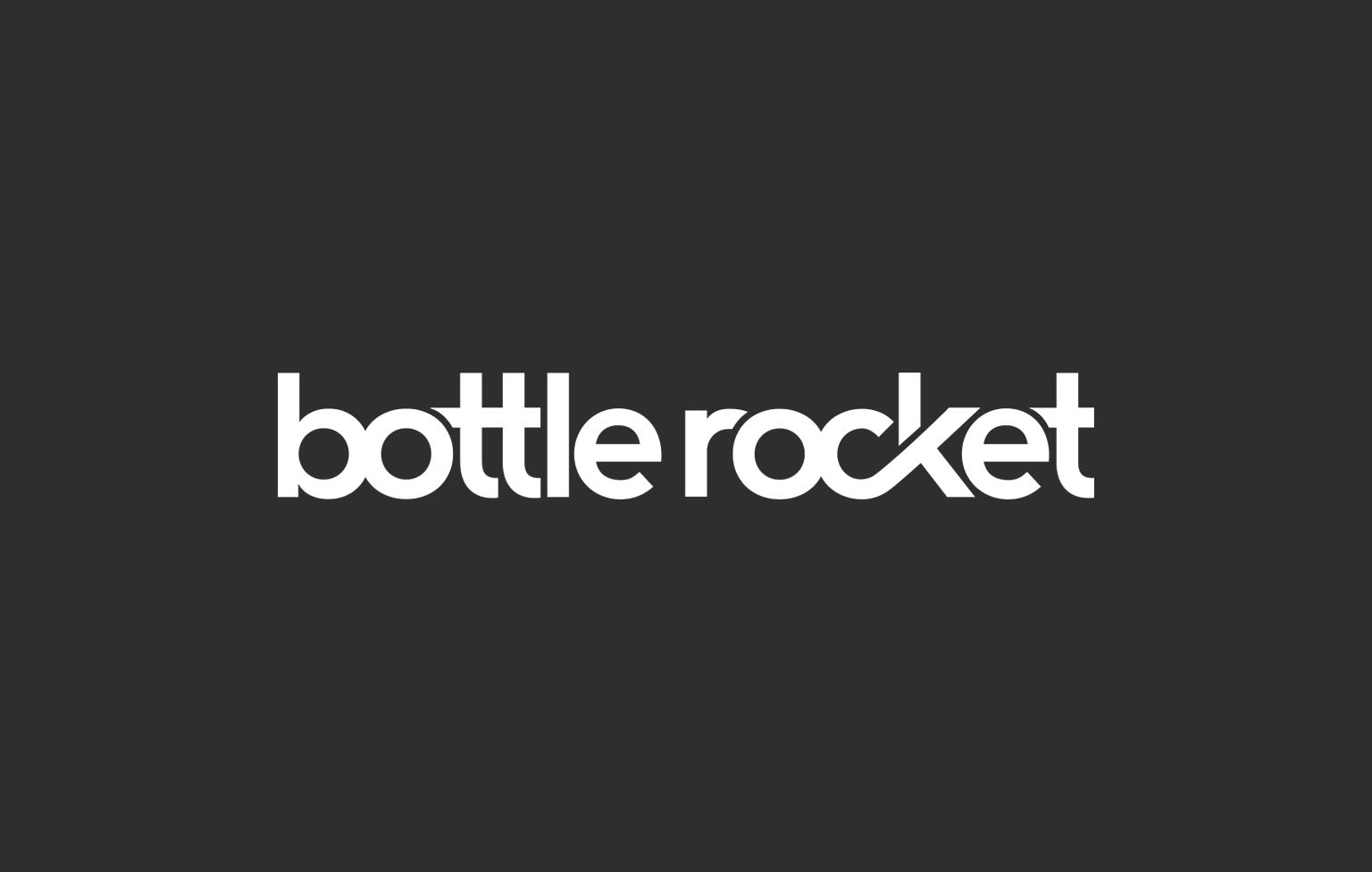When our partnership with Chick-fil-A bolstered the most successful B2C restaurant loyalty program in the U.S., we traced what created the special something that compelled 4 million users to download their app. It was a combination of a native, custom-built app with a thoughtful mobile strategy. In this post, we’re looking at one aspect of loyalty success: the mobile experience.
The quick and easy answer a lot of brands employ to get their loyalty program in front of customers is a pre-made, out-of-the-box app. But, if you’re serious about accelerating the growth of your quick service restaurant (QSR), you’ll need to deliver a customer experience as rich and unique as your dining experience.
Build Customer Loyalty
If you’re still unsure about loyalty apps improving your QSR brand, think of your customers. You can simplify their orders and payment, ultimately impacting your restaurant experience. When you reduce customer friction in-store, they come back. According to Paytronix, that can mean a 4% increase in revenue from a 20% increase in return customer sales. As younger generations develop brand loyalty, your earning potential through a mobile experience also grows. Millennials are more than twice as likely to pay higher prices if they earn rewards.
Placing a logo in a pre-built template may get your loyalty app out there quickly, but now you face another dilemma. What is unique to your brand in the hands of customers? If you’re using a template, your customers will be opening an app with the same interface, providing the same experience as their competitors. Your brand is worth more when the mobile experience is unique.
Develop Native Apps
We know increased average ticket size is a primary reason for wanting a branded loyalty app. Just look at Taco Bell, whose app-based ticket size were approximately 30% higher than those in store. But there are more benefits to your business than more money (though more money is pretty sweet).
When a mobile app adds another sales channel, the customer experience and your backend operations align. Customers can place and pick up orders without cook time affecting wait time…with the right app, of course. Bottle Rocket develops natively for each device our partners’ customers prefer. Since we work closely with brands during development, we build custom apps to address present and future business and customer needs. This sounds like a given for a mobile experience, but not every major brand boasts a custom native app. A recent study revealed of the top 100 chain restaurant brands, 34 don’t provide a native app for customers. More than 10 other brands’ apps were used so sparingly that they didn’t qualify for the study.
Think Beyond the App
We’re successful in building native loyalty apps for QSR partners, but we’ve been around long enough to know customers will soon demand other mobile experiences to simplify their lives.
Ordering online from home or the office is great, but from the parking lot in a connected physical space could be better. We’re also developing voice integration, so ordering anywhere involves less labor for customers. As we’ve learned in 2016 from working with our international partners, 27% of customers wanted faster payment and delivery from their QSR brands. To us, mobile means more than phones and tablets, so we’re utilizing car interfaces in drive-through or delivery scenarios to address both customer needs.
Okay, Now What?
QSR brands need mobile experiences to galvanize loyalty programs. If they want to really make an impact, those experiences need to be custom and natively built. You don’t have to take our word for it, though. Just look at your own brand’s success. It certainly wasn’t built by imitating another store’s approach. Ask for a mobile experience as unique as you to give users what they want now and in the future. Download our three principles for QSR mobile experiences to learn how to make that happen.
While you’re at it, fill out the form below to read our approach to mobile loyalty too!

